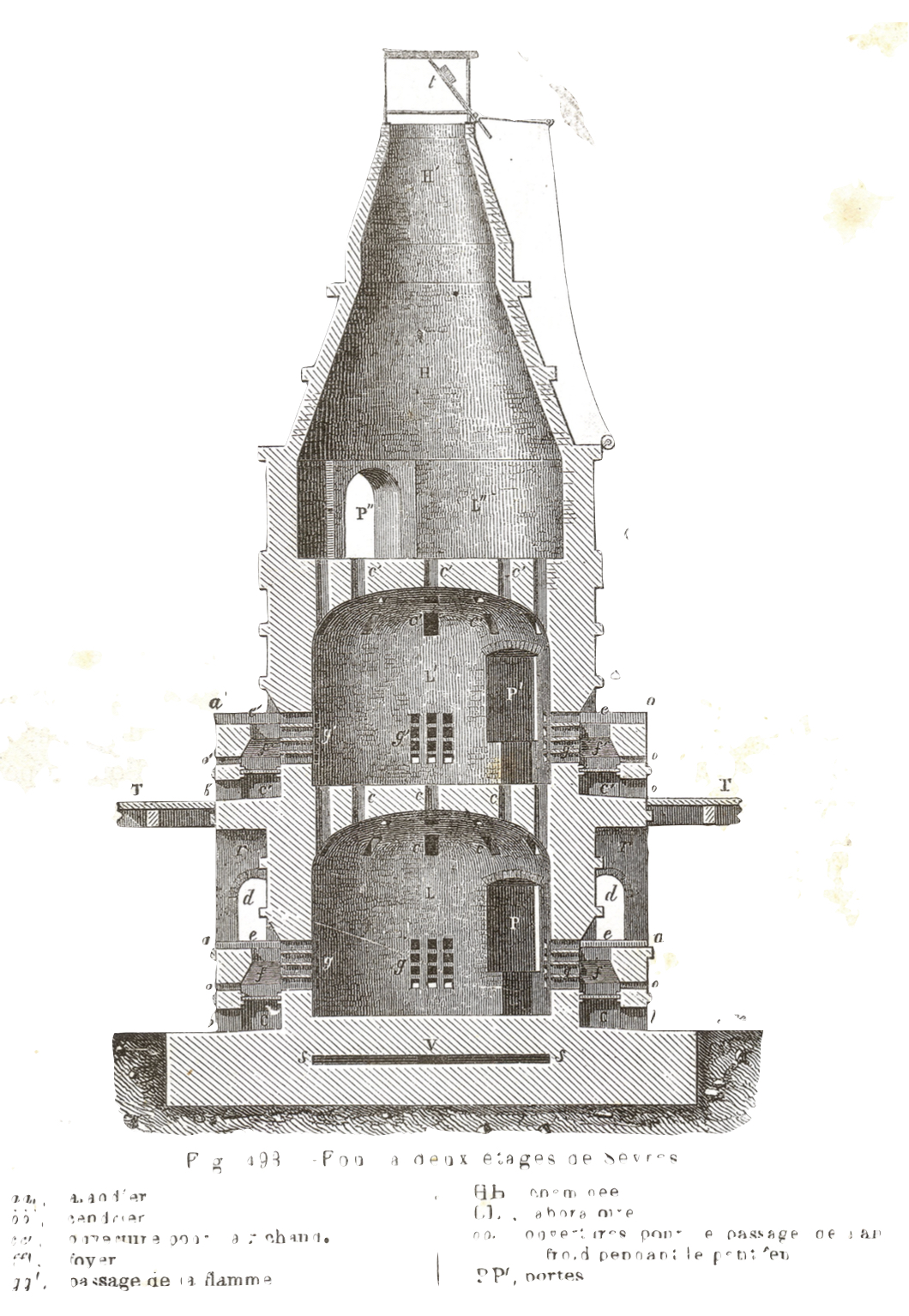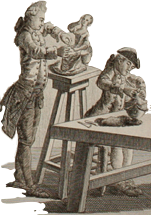
The final firing of the porcelain was the most delicate step of the whole operation. Pieces had to be properly arranged inside the kiln. They were put inside large clay vases filled with sand, to prevent the porcelain and the clay from mixing at the high firing temperature. The vases were then piled up to the kiln’s roof. The pieces were also arranged so they would all be evenly exposed to the kiln’s heat. It was important to label both the pieces and the clay boxes so that if something went wrong during this step, the maker could know exactly what needed to be remade.

Sometimes the kiln heat vitrified the sand around the porcelain and stuck to its surface, so workers were especially hired to cut and polish off this excess material.